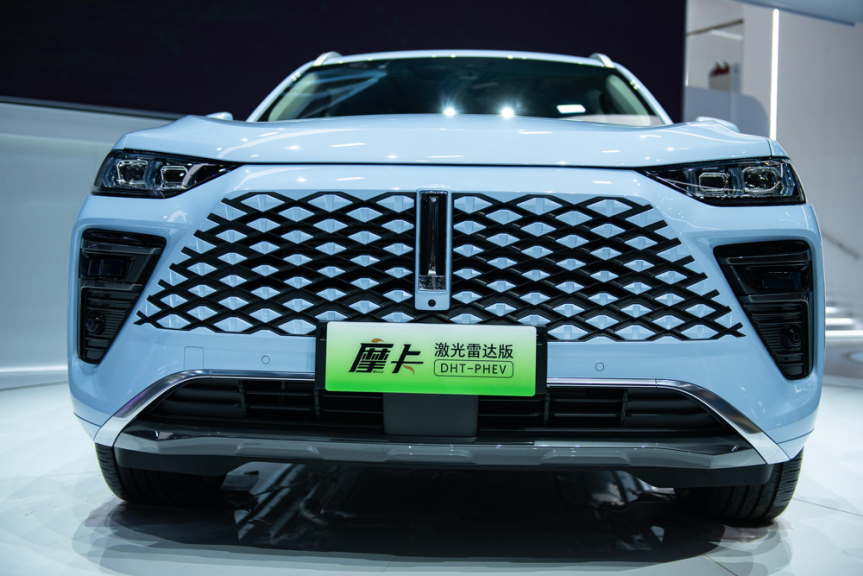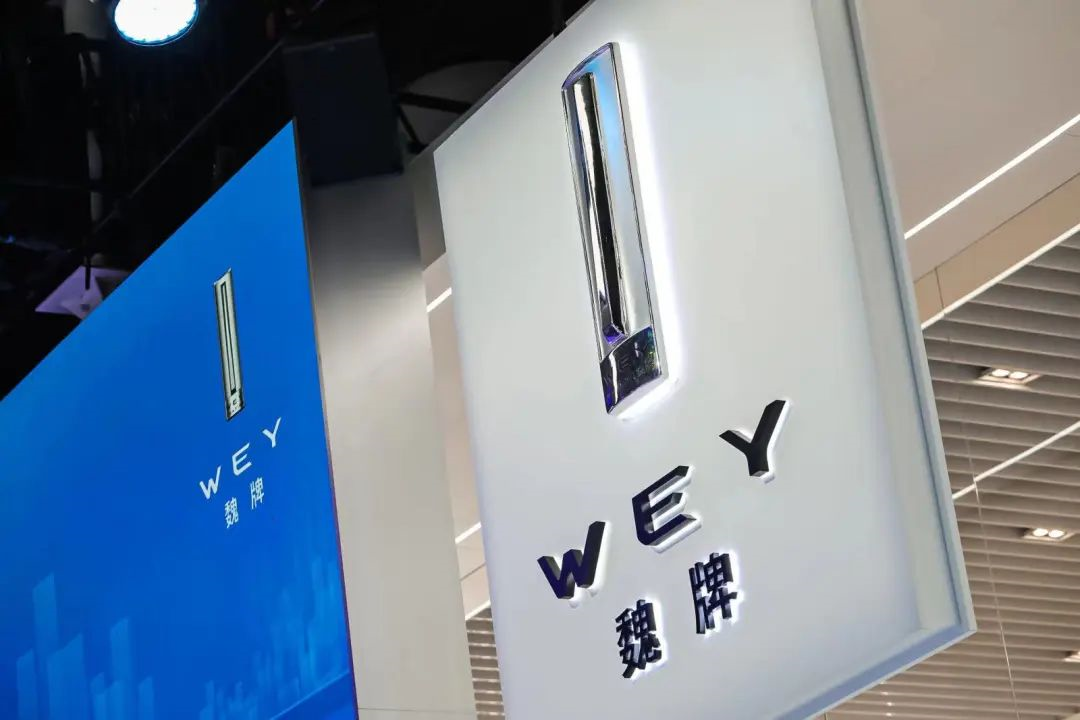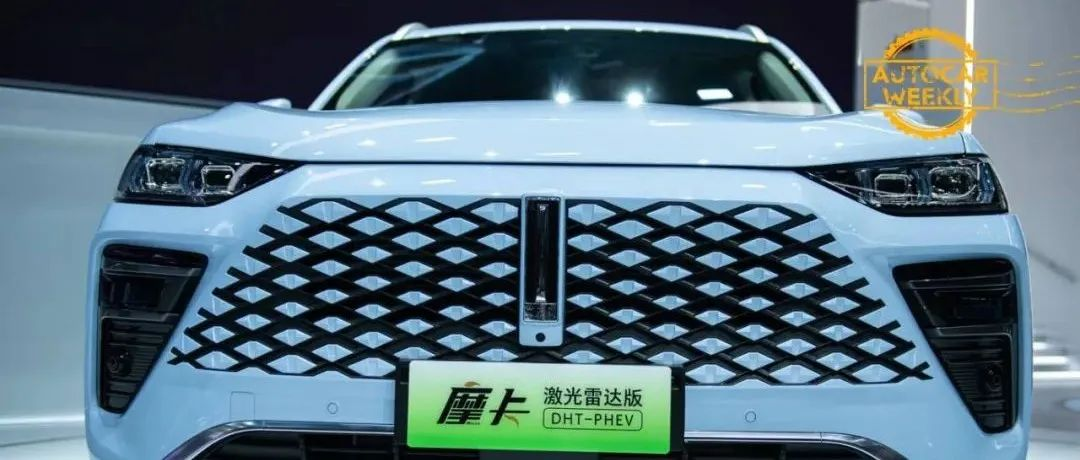Hu La Quan
If there were a “Lidar Year,” it would undoubtedly be 2022. Over the past year, Lidar has become the undisputed traffic leader in the automotive industry, and major carmakers are eager to get involved and be the first to produce Lidar-equipped cars.
However, this fiery scene also hides false fire. Although Lidar has been installed in production vehicles, a closer look at the role Lidar has played reveals that the Lidar-equipped models have not effectively utilized the technology. The Lidar on these vehicles is only superficial and not used for anything practical.
For example, this year marks the peak of the installation of Lidar in cars, but in reality, it was installed in production vehicles as early as 2018. The manufacturer claimed that this would enable more aggressive low-speed autonomous driving capabilities, but this functionality was continually delayed and ultimately abandoned in 2020. The Lidar that was installed has been idle and unused until today.
Use the Best Tools for the Job
Although Lidar is useful, many automakers now simply add it to their vehicles, regardless of whether it is necessary, just to have the “Lidar-equipped” label. As Wei Brand Deputy General Manager Qiao Xinyu recently said, “just because you’ve installed Lidar, doesn’t mean you’ve really put it to use.” Installing Lidar may result in just having a decorative feature rather than useful technology.
In reality, the performance of the intelligent driving systems in some models is not significantly affected by the Lidar technology. Even if the Lidar is turned off or removed, the vehicles’ performance is the same. Installing Lidar in vehicles could therefore just be seen as a waste of hardware resources. Lidar was originally intended to be a tool for change in the world, but it has now become a “false move” for some automakers to simply add Lidar to their cars; enticing consumers with promises of “future OTA updates to enable additional functionality,” but ultimately bringing little value to consumers.

Surprisingly, the first carmaker to break this cycle of false promises was not a newly established carmaker, but a new flagship electric vehicle from the Wei Brand.
The new Mocha DHT-PHEV Lidar version made its debut at the Chengdu Auto Show, which was equipped with two additional Lidars, making it one of the first mass-produced high-end intelligent vehicles equipped with Lidar, and making Wei Brand one of the first tier-two automakers in the intelligent driving field.
More importantly, as a high-end independent brand with a strong sense of responsibility towards consumers, Wei Motors does not act like some car companies that blindly follow trends at the expense of user interests. Wei Motors does not install useless and expensive hardware such as lidar and simply tell users that “OTA updates will make it useful in the future”. The new Mocha DHT-PHEV lidar version fully integrates two lidars into the vehicle’s intelligent driving system, and is the first to provide city NOH function in mass production, leading the industry in enabling practical intelligent driving transformation with lidar.
The new Mocha DHT-PHEV lidar version, which will be mass-produced in September this year, can immediately use the city NOH function upon delivery. The first batch will be available in Beijing and Baoding, and by the end of 2022, it will cover more than 10 cities and quickly expand to more than 100 cities. It draws a clear line between itself and those who constantly promise updates via OTA but never deliver.
In the not-too-distant future, when we look back at the evolution of autonomous driving from advanced driver assistance systems to fully autonomous driving, and reflect on the various milestones that lidar has brought to intelligent driving, we will find that Wei Motors is the first of this group of lidar pioneers to fully evaluate and utilize the value of lidar, and is a true pathfinder.
Conquer the city first before conquering the world. Why is the city NOH function that is first released in the new Mocha DHT-PHEV lidar version so important in the history of intelligent driving development? As intelligent driving has progressed to the current state, NOH navigation assistant function is the main feature of practical intelligentization. NOH enables automatic driving according to the navigation path, including autonomous entry and exit ramps, identifying signal lights, and ultimately fully autonomous driving to the destination. NOH is a crucial step in the evolution of autonomous driving from advanced driver assistance to fully autonomous driving.
However, restricted by various factors, current NOH functions of various car companies are basically limited to scenarios such as highways and viaducts. Once they enter the city, those using existing millimeter-wave radar and cameras are struggling to cope with the much more complicated and varied environment.Even car models that claimed to be equipped with lidar before were just trying to be the first to install it, without actually integrating it into the vehicle perception systems. Therefore, vehicles are still the same as those without lidar, where they either lack NOH functions entirely or they are limited to only high speeds, making “city” NOH unfeasible.
However, we all know, especially for Chinese users, urban commuting is a more common and frequent use case than high-speed cruising. Ordinary high-speed NOH has limited value for most users, only when city NOH becomes a reality, making daily commutes safer and more comfortable, will users truly be willing to pay for the new experience brought by new technologies.
In terms of technical difficulty, lidar can accurately draw the surrounding environment of a vehicle in real-time through the dense laser grid it actively emits, thereby greatly enhancing the environmental awareness of intelligent driving systems. Therefore, lidar is not only a weapon for current advanced driver assistance systems but also a key component for future fully autonomous driving. Whoever has the ability to maximize the effectiveness of lidar first will possess the key to autonomous driving.
Regarding the application capabilities of lidar, complex and ever-changing busy cities are the real test, as compared to the more regulated and single high-speed roads. Therefore, the achievement of NOH “entering the city” first marks that Weipa has mastered the application and integration capabilities of lidar, and has the ability to change the status quo of intelligent driving with the advantages of lidar. The first implementation of city NOH marks a qualitative change in the intelligent driving revolution and even the automotive intelligentization revolution.
On both sides of the front of the new Mocha DHT-PHEV lidar version, the two equivalent 125-line lidars are not just “fishing” employees who only go through the motions. The laser grid obtains accurate environmental information and integrates into a multi-dimensional perception system composed of a total of 31 sensors of various types. It is precisely because of the blessing of lidar, and because it is genuinely integrated, that Weipa has taken the lead in breaking through the existing technological bottleneck and leading NOH into the complex and busy city.
At the same time, the new Mocha DHT-PHEV lidar is also the first domestically produced model on the Qualcomm Snapdragon Ride platform, with the initial launch of a dual-chip solution of the 5nm Qualcomm Snapdragon 8540 + 7nm Qualcomm Snapdragon 9000. Weipa’s heavy perception, large computing power, and light map technology roadmap, independent of a not yet perfect high-precision map, have led the new forces in realizing the initial city NOH launch, with a faster city expansion speed, and will quickly support over 100 cities.With the City NOH, users can set their home as the starting point and their company as the destination, and use the City NOH assisted driving for the whole journey. To cope with complex urban road conditions, this system can achieve intelligent navigation follow-up, traffic light recognition, urban intersection passage, intelligent obstacle avoidance, pedestrian yielding, cone recognition, vehicle yield and dodge, and urban intelligent lane change, totaling 8 travel scenarios.
With the newly launched City NOH function, which is first equipped in the Mocha DHT-PHEV Laser Radar Edition, users can avoid spending too much energy worrying about congestion and blind spots during high-frequency daily commutes, making daily travel safer and easier, and also giving family and friends more peace of mind.
Worry-free Travel with the Final Strand of Light
The most frequent scenario for Chinese car owners is urban commuting. If the NOH assisted driving function only applied to highways, its value would be greatly discounted. For the first time, the newly launched Mocha DHT-PHEV Laser Radar Edition has achieved City NOH, finally realizing the value of laser radar technology, and helping Mocha DHT-PHEV to reach a higher level, achieving a five-dimensional worry-free travel experience.
For Mocha and even for Wei brand, the arrival of the newly launched Mocha DHT-PHEV Laser Radar Edition is a milestone. In a broader sense, achieving the unparalleled City NOH function and leading the industry in mastering the advanced application ability of laser radar, signify that Wei brand has reached the highest level in the field of intelligent driving in the automotive industry. In a narrower sense, it also marks the achievement of a “Grand Slam” in the five dimensions of safety, intelligence, endurance, performance, and luxury, achieving a worry-free travel experience.
The newly launched Mocha DHT-PHEV Laser Radar Edition has pioneered “urban+highway” complete travel scenes with the enhanced support of laser radar in the safety aspect. It also features many intelligent coffee technologies such as intelligent parking under various scenarios and four-screen linkage, as well as intelligent DHT with 5.55L/100km ultra-low fuel consumption and 204km pure electric endurance. The four-wheel-drive version offers a strong power of 4.8 seconds for acceleration from zero to one hundred. Combining seven NVH silent technologies with NAPPA leather, it creates a full-dimensional enjoyment experience for luxury.

Conclusion
With the first-ever laser radar equipped and truly utilized, the newly launched Mocha DHT-PHEV Laser Radar Edition not only achieved mass production and practical application of City NOH, leading the entire industry, but also helped to achieve a five-dimension (safety, intelligence, endurance, performance, and luxury) zero-worry travel experience, making Mocha DHT-PHEV a hexagonal warrior without any weaknesses.It is precisely through practicality, efficient use, and not selling futures that Wei Pai has become the only pioneer in city NOH implementation, production, and mass adoption, surpassing many competitors and ushering in a new stage for advanced intelligent driving in cities, thus making it a milestone in the process towards smart-vehicles. This leap forward, akin to a squat jump, has made Wei Pai a leader in Chinese urban ADAS.
The arrival of the new Mocha DHT-PHEV with laser radar has led to the industry’s first mass production and implementation of city NOH, and has unleashed the full potential and value of laser radar, allowing Wei Pai to take the lead in the intelligent driving sector and advance to become China’s city smart-assistance leader. This transcendence in the intelligent driving industry, has helped Wei Pai to advance its brand value and become synonymous with high-end intelligent new energy vehicles in China.
This article is a translation by ChatGPT of a Chinese report from 42HOW. If you have any questions about it, please email bd@42how.com.
